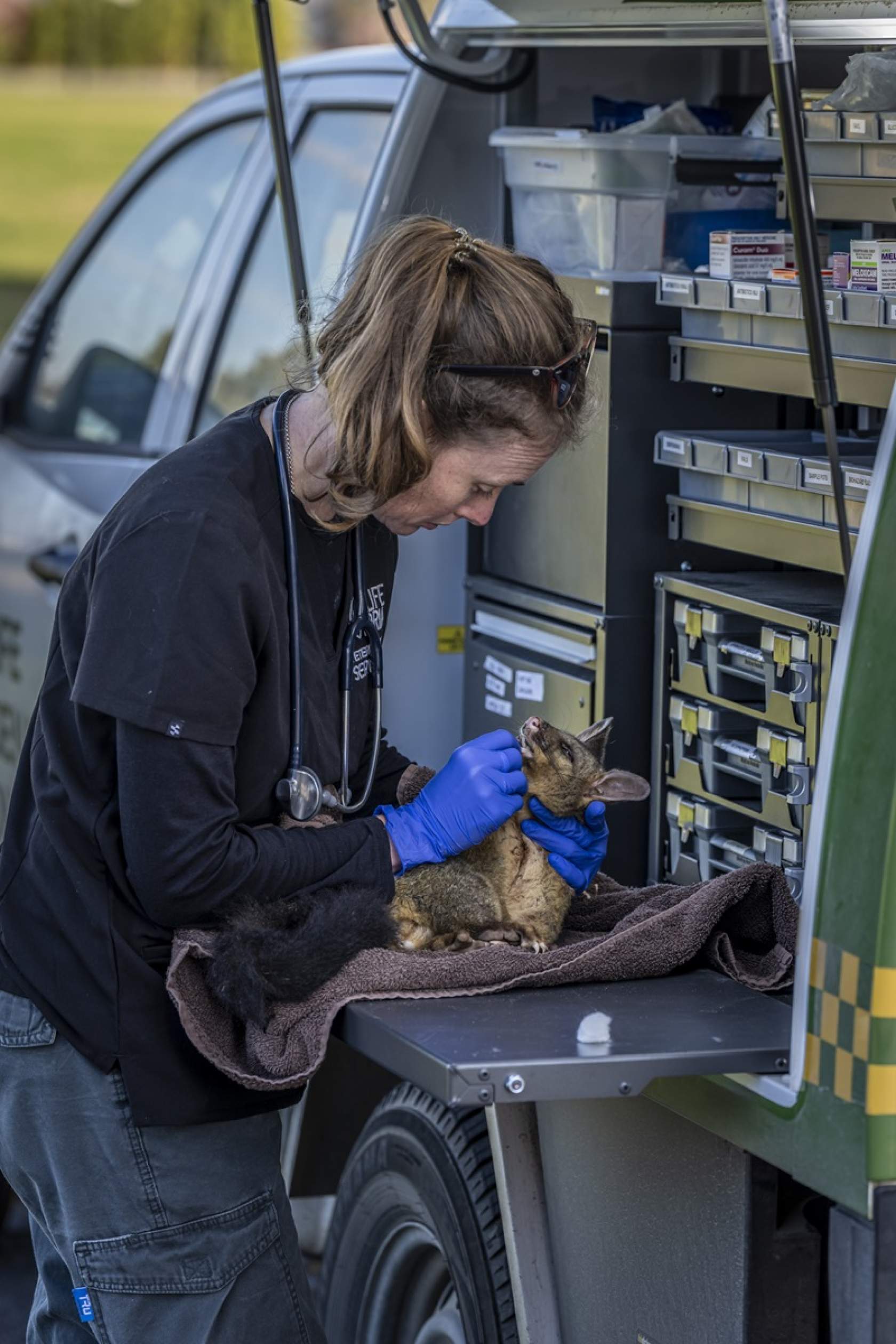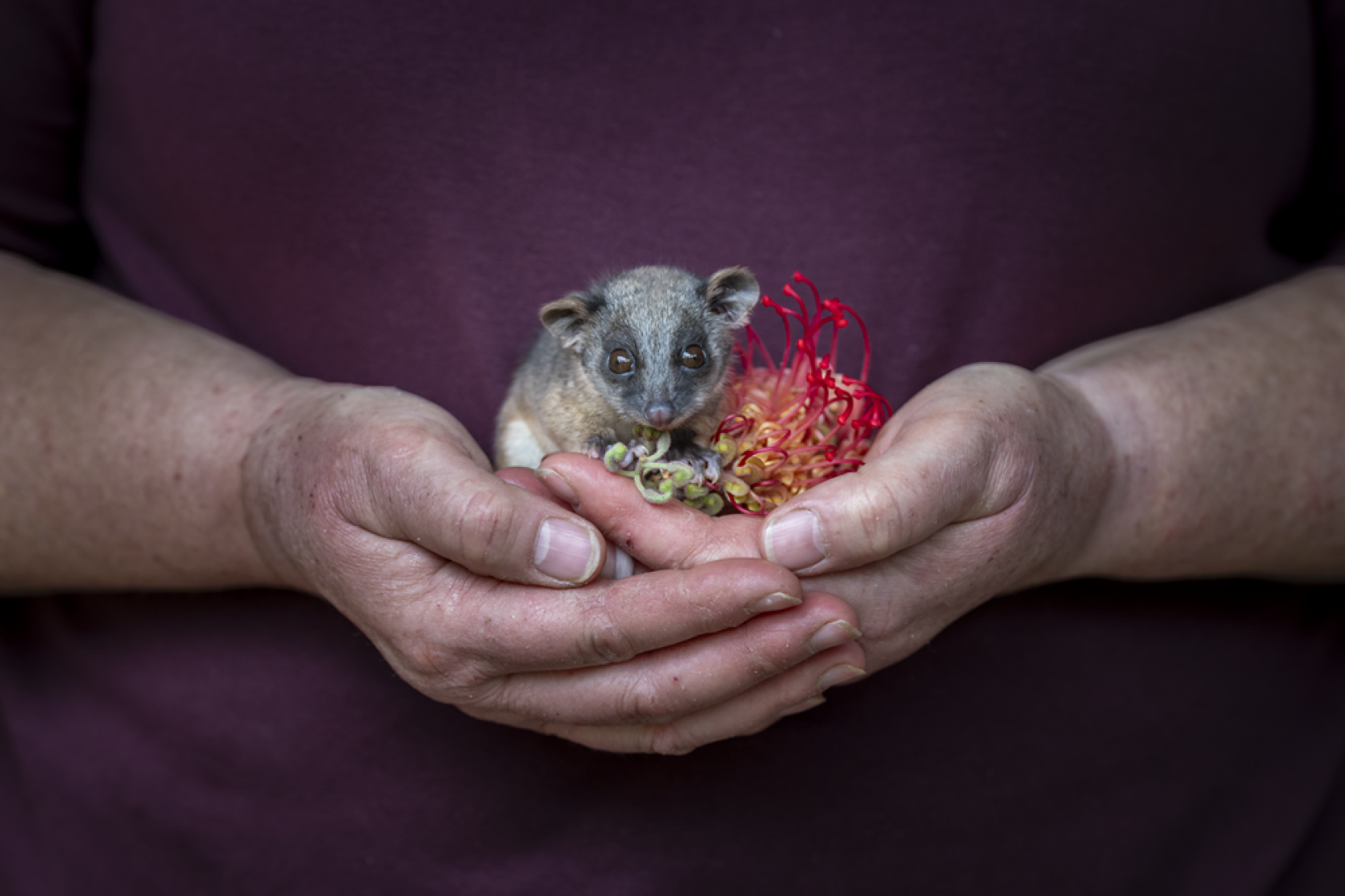
As temperatures rise in spring, possums become more active as they raise their young. This increase in activity, combined with the species’ vulnerability while with young, means that possums are one of the most reported species to our Emergency Response Service during spring.
Many of us cross paths with possums on a regular basis, but how much do we know about our friendly neighborhood possums?
Australia has 27 different species of possum and gliders, 14 of which can be found in Victoria.
Like all native wildlife, possums play an important role in the health of our local ecosystems. Possums are important pollinators for many native tree species.
They eat a variety of different native plants, seeds, flowers and fruits. While ringtails normally stick to eucalyptus leaves, brushtails have a more extensive diet of almost anything! Caterpillars, rose buds and even sometimes bird's eggs.
Ringtail and brushtail possums are the most common possum species found in Victoria, and they can be hard to tell apart. If you stumble across one, here are some obvious differences you can use to determine which species you’ve found.
A brushtail possum joey in care.
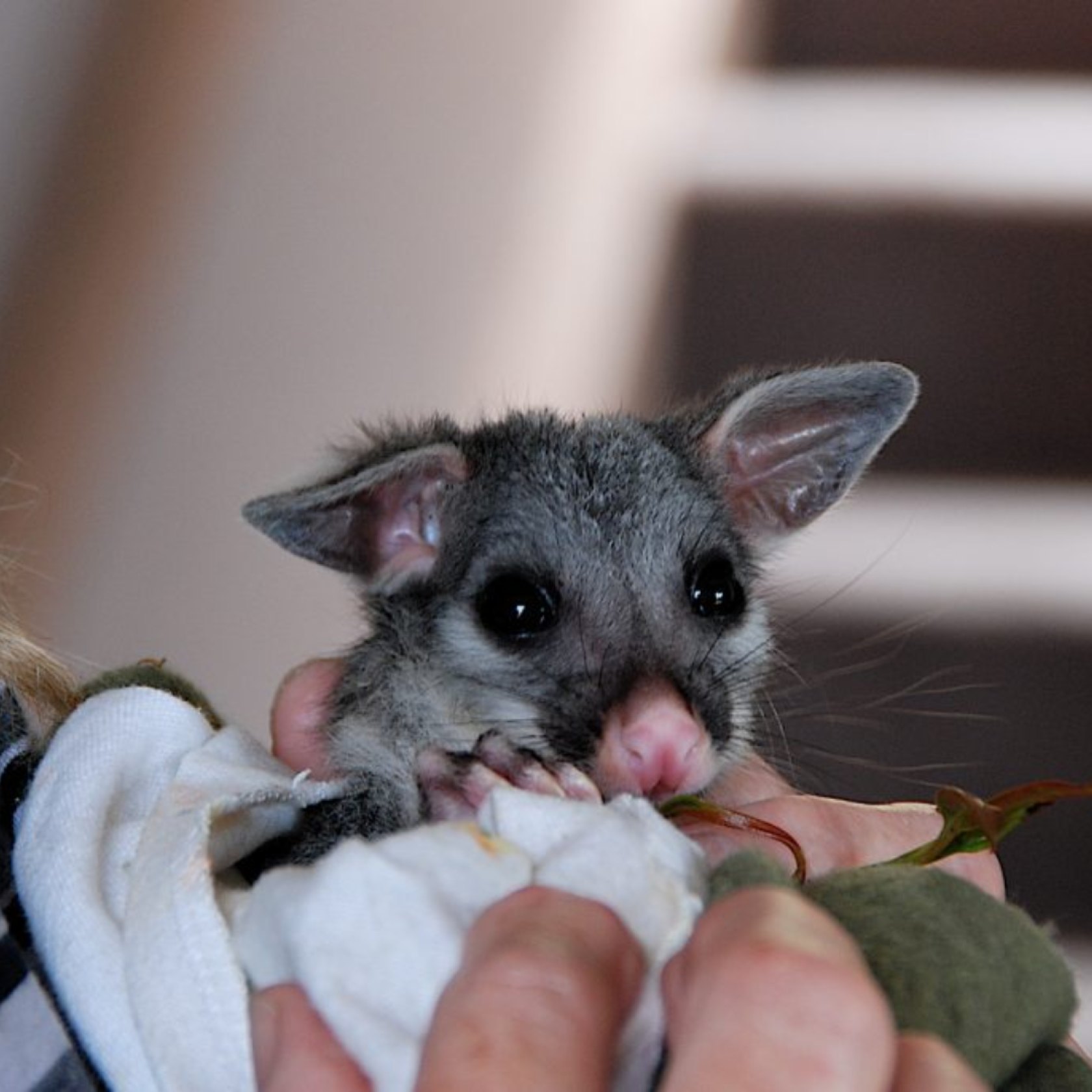
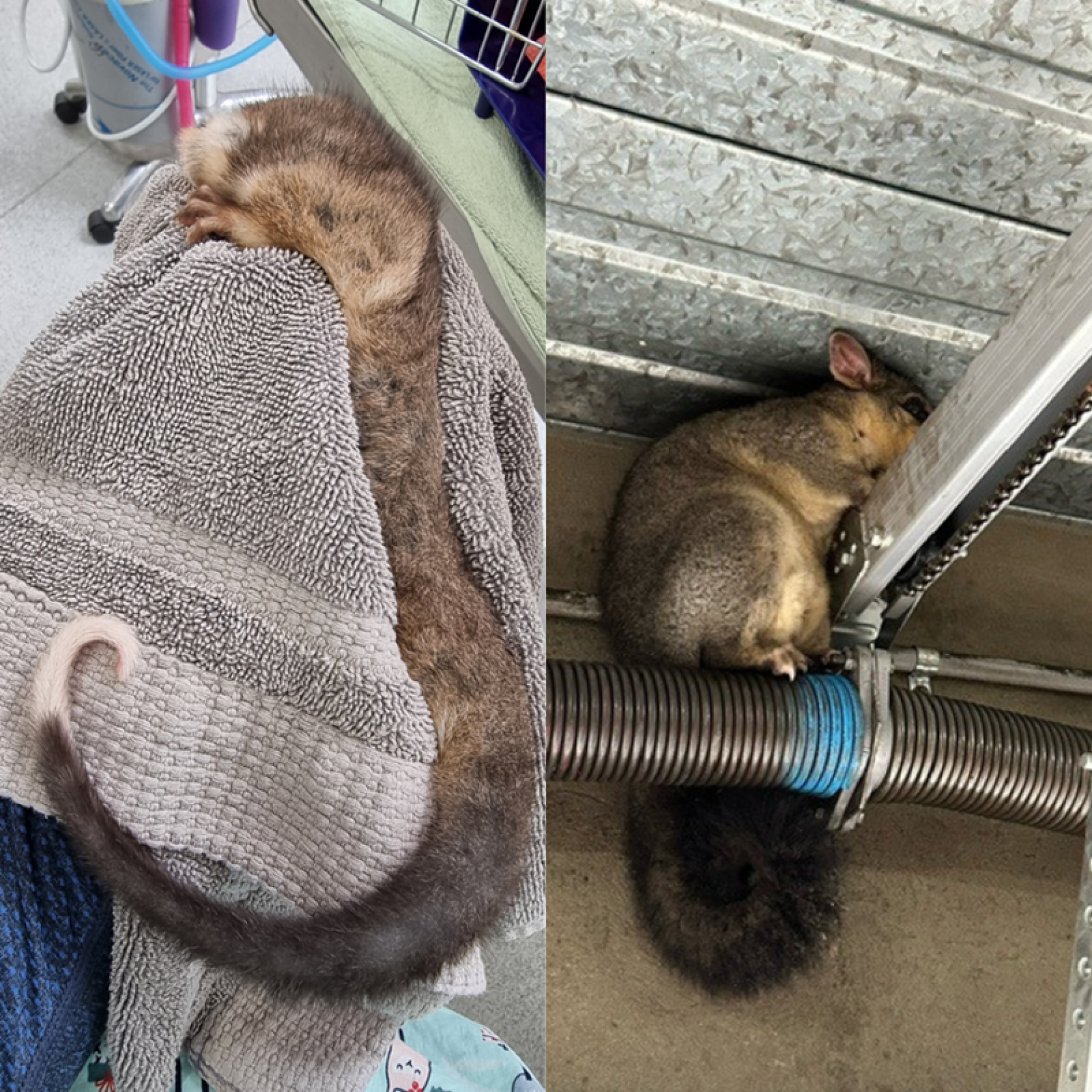
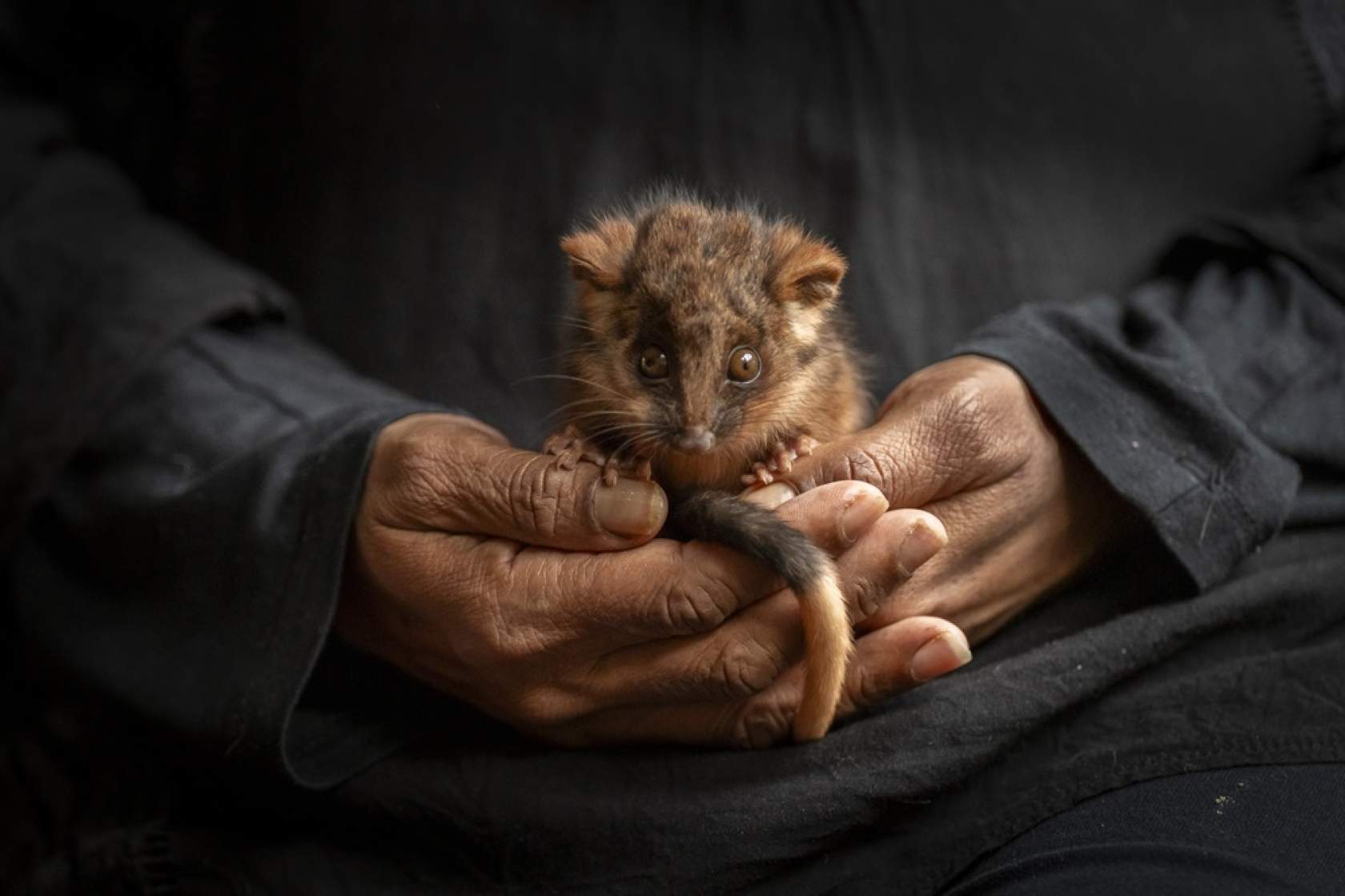
Both species use their tail as a fifth limb, with a ringtail’s tail stretching from 30-35cm and brushtail’s up to 40cm in length.
Possums' tails are prehensile, meaning they can use them to grasp objects to hang from or even carry. Ringtail possums have been known to use their tails to carry twigs and branches for their drey (nest).
A ringtail possum joey in care. Photo by Doug Gimesy.
Nests and dreys
Brushtails and ringtails have different preferences for places to live. Brushtails like to utilise the hollows of trees as a nest, while ringtails prefer to make their own homes out of grass, twigs and leaves. A ringtail's nest is called a drey.
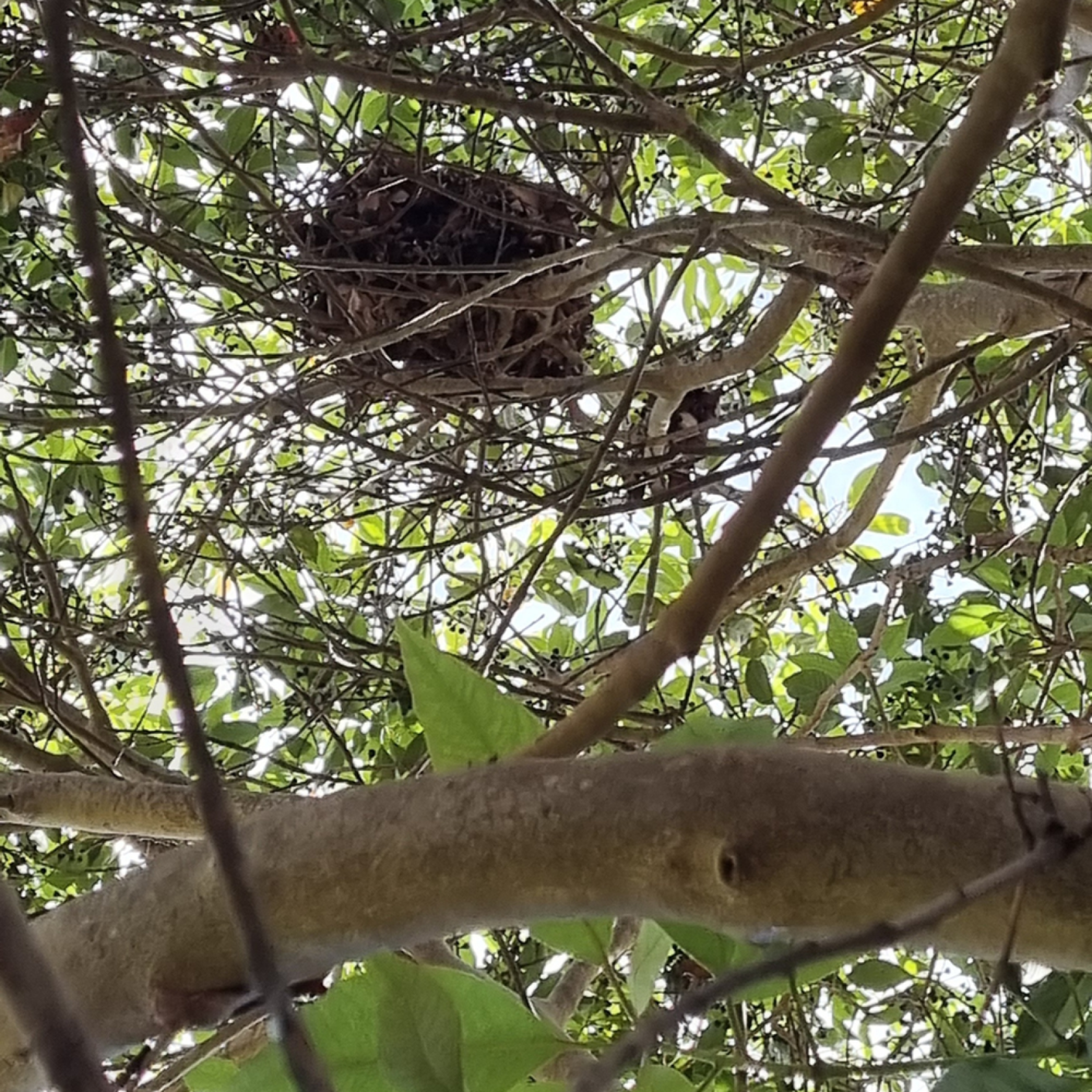
If there are limited resources in your area for either possum to find or create a nest, they may resort to using roofs and attics. To prevent possums entering your roof or attic space, make sure there are no access points by patching any holes or loose roofing. Complete this work safely at night, when you are sure you're not trapping any possums in your roof. You can also install a one-way flap at the possum's entry point. The flap allows the possum to leave on its own but prevents it from entering back in. To encourage possums out of a roof space, try installing a possum box on a nearby tree for the possum to move into.
You can purchase a possum box via the Wildlife Victoria website.
Brushtail possums mark their territories on trees by rubbing a scent produced from glands on their chest. They rely heavily on scent for communication.
The big and small of possums
Brushtail possums are generally bigger than ringtails, in body size as well as ear, snout and limb size. Ringtail possums have rounder and smaller ears, while brushtails have bigger, triangular shaped ears.
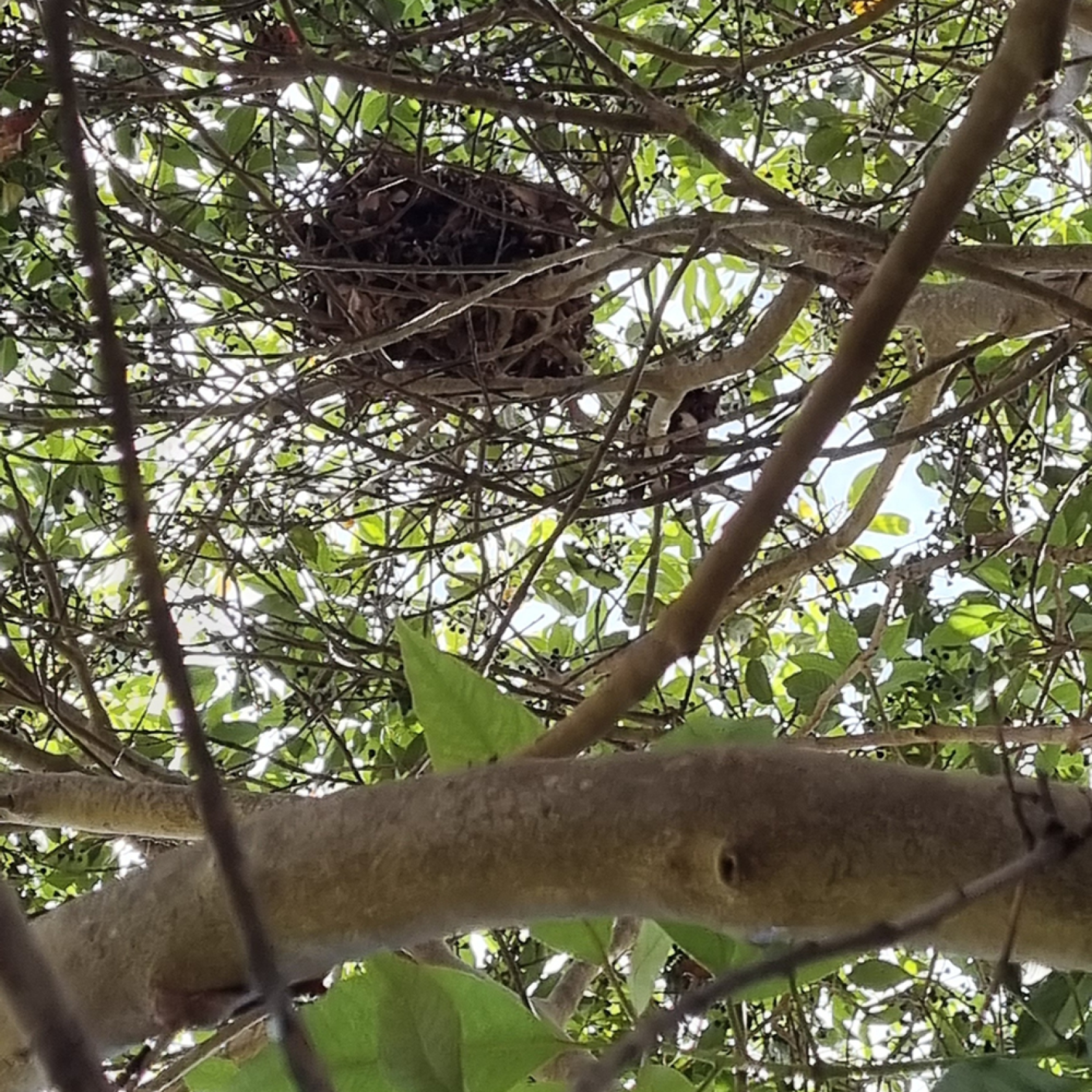
When a ringtail needs a rescue
Possums do get into trouble from time to time, and we are here to help. This sweet little fellow (right) had gotten stuck in someone’s courtyard and found themselves unable to climb out to safety. With a neighbour’s dog barking at him, the possum was stuck and quite stressed.
Luckily the kind resident called Wildlife Victoria and our Travelling Veterinary Service was able to attend. Our vets were able to contain him, do a full veterinary assessment, and then take him to a wildlife shelter for observation. Our vets were concerned that he was quite dehydrated, so he needed some time in care to recover.
Our volunteer rehabilitator fed him possum food and fluids, including a few different varieties of gum leaf. The hungry possum ate everything and stripped the gum branches bare. He also tried to escape his cage overnight, suggesting he was feeling better and ready to get back home! The following evening, after dark, the possum was released back in the area he had been found in. Our volunteer watched him scurry up the tree – towards a female possum who was waiting for him!
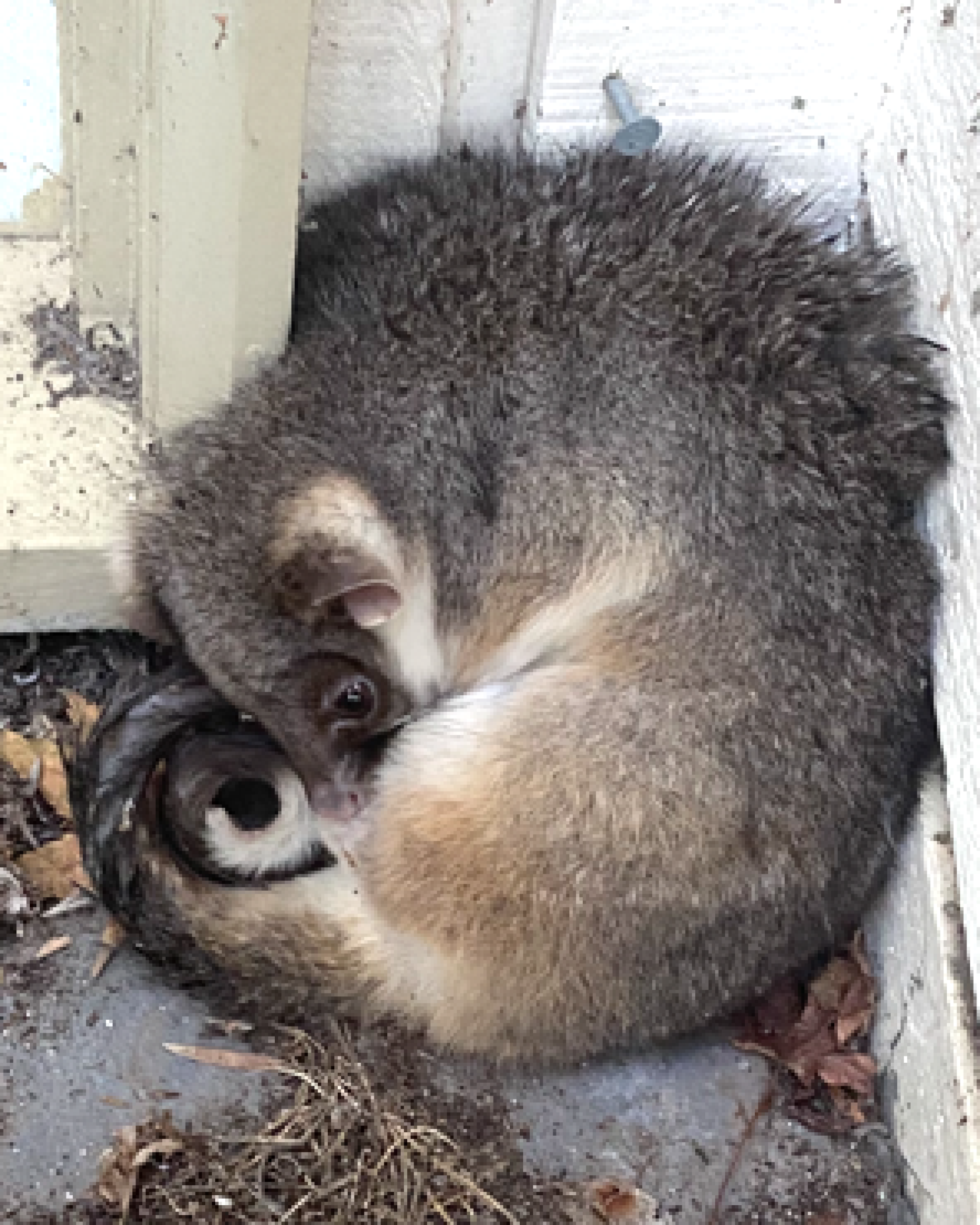
When life gives you Lemon...
Brushtail possum mums are dedicated parents and are very protective of their young. So, if an adult possum is found deceased, our rescue volunteers always make sure to check for any joeys in the pouch or nearby. Unfortunately, we do see a lot of orphaned brushtail possums coming into care during spring, and this year is no exception.
This little joey (left) was found in Port Melbourne after his mother fell through a warehouse ceiling. Sadly, his mother sustained critical injuries and so to reduce her suffering, she had to be euthanised. The little joey was scooped up and taken to a local vet for assessment. It was here that he was named Lemon after his yellow underside. A Wildlife Victoria volunteer transported him to a wildlife rehabilitation shelter. Even though he had been through a difficult time, little Lemon was bright and alert and was a healthy weight.
Lemon will spend quite a few months in care with our wildlife rehabilitator until he is old enough to be released back into the wild. After a rough start, Lemon will hopefully go on to live a happy and healthy life, thanks to our volunteer rescuers and rehabilitators.
All possums are nocturnal and arboreal (tree dwelling) animals, so if you see them out during the day and/or on the ground, it often means something is wrong.
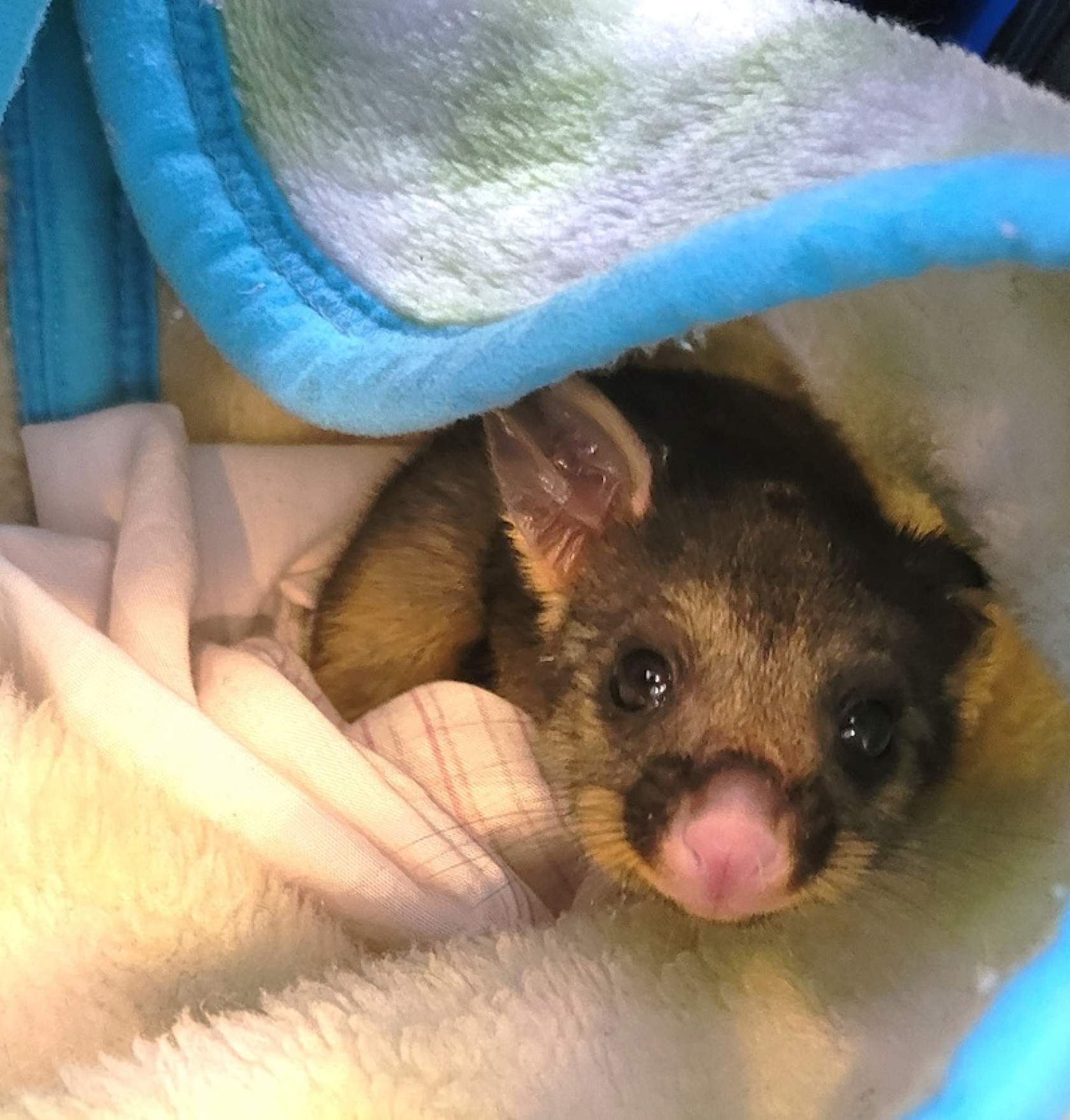
Along with our volunteer rescuers responding to wildlife in need, our Wildlife Victoria Travelling Veterinary Service is also in field to assess and treat sick, injured or orphaned wildlife. Dr Jessica (above) from our Travelling Veterinary Service is pictured assessing an injured brushtail possum. Photo by Doug Gimesy.
You can report abnormal possum behaviour to us on (03) 8400 7300.
